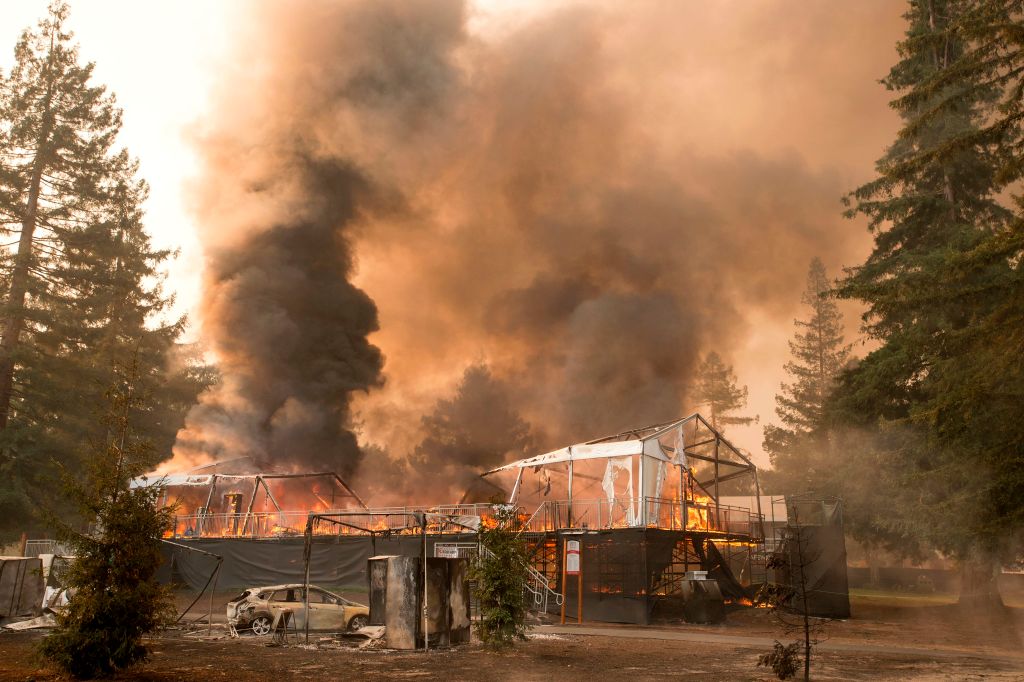The staggering scale of northern California’s wildfires and their ability wipe out entire neighborhoods and more is taking an already growing fire risk and raising it to a new level.
“I think that’s the thing we’re all talking about, is how quickly this has happened,” said Dave McDaniel, battalion chief for Eastside Fire and Rescue, which covers many communities on the eastern side of the Seattle Metro Are where homes meet the forest.
He spoke to KING 5 as Eastside and other fire agencies prepared to convoy down to California to both fight wildfire and back fill California fire departments.
“Usually it builds up over a week or two weeks,” McDaniel said of the fires down south. “But in a matter of a couple of days, it’s destroyed that much property.”
“More and more of these fires become what is known now as the mega fires,” said Gary Berndt, who chairs the state’s Wildfire Fire Advisory Committee, making recommendations to the state’s Commissioner of Public Lands.
A retired firefighter himself for the Washington Department of Natural Resources, he says these wildland urban interface fires are now more common than ever, as he repeated a point made by one of his committee members: “It appears like every wildland fire has a wildland urban interface portion to it. It’s going to find a way to create some fuel breaks that mitigate the impacts of when fires occur.”
Berndt says the California disaster will be studied closely, as lessons learned can be applied to both sides of Washington state with growing populations.
A record wet winter and spring in western Washington was followed by a record dry summer, with an unusually high number of significant wildfires on what is normally the wetter and greener west side of the state.
The summers of 2014 and 2015 saw back to back record fire seasons within the state with massive fire complexes east of the Cascades on the typically drier side of the state. The 2014 season knocked down the previous record that held for over a century, the Yacolt burn, which happened on the west side.
The strike teams heading to California include Seattle, Vashon Island, Valley RFA, Bothell, Shoreline as well as Eastside. Snohomish County is sending a contingent, as well as crews from Seattle Public Utilities.
Many of these departments now have Type-3 fire engines which have four-wheel drive and are designed to battle wildfire as well as structure fires. The addition of this Type-3 apparatus reflects the changing nature of fires which now threaten many of the growing communities pushing further into the forest, and where fire is pushing back, in the case of California, much deeper into town.

